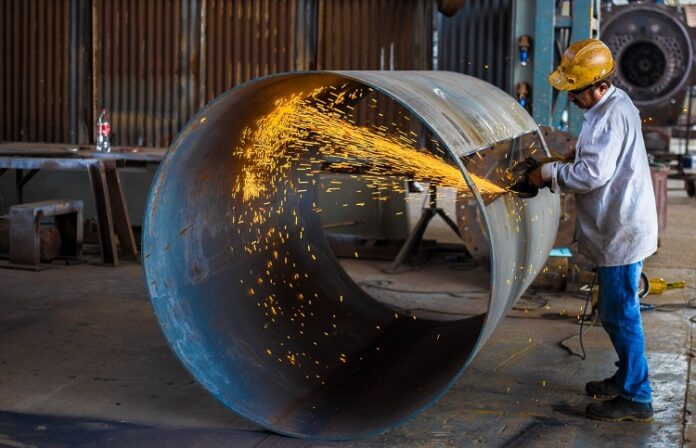NDT is a process that uses non-destructive testing to determine the integrity of components. It can be used on metal, wood and plastic parts. NDT allows you to determine if your product has been damaged by defects or flaws that could cause it to fail in its intended use. This helps you ensure that your product is safe for use before it ships out to customers. Below is everything you need to know about NDT.
There are many different types of NDT equipment available to test your products. The type you choose depends on the size and type of product you are testing. For example, if your product is smaller in size, such as a keychain, then you will need a handheld device with a camera to take pictures of the components so they can be seen by the inspector. If your product is larger in size, such as an automobile engine block, then you will need more advanced equipment so it can be inspected more effectively without damaging any components inside.
An NDT technician performs inspections on construction projects to evaluate the condition of a building before it’s built or repaired. He also studies the design and construction specifications to ensure that they meet required standards.
When an NDT technician tests a structure for defects or damage, he may use specialized tools such as magnetic resonance imaging (MRI), x-ray fluorescence or ultrasound imaging systems. He may also use ultrasonic measuring devices to detect hidden cracks in concrete walls or deep grooves in metal beams.
This exposes certain materials within the object to high levels of energy, which causes them to give off radiation. The radiation is then analyzed by specialized equipment so that engineers can see what’s going on inside their product or structure.
NDT is a process to detect defects in components, which are the steel structures of buildings and other objects. The NDT method can be used for various purposes:
- To detect defects in mechanical components, such as pumps, motors, etc., which can cause them to fail prematurely.
- To determine the condition of steel structures, such as bridges and buildings.
- To ensure that all parts of a machine are working properly before it is connected to equipment or a power source or subjected to high temperatures or pressure (for example, in an explosion).
- To check whether work has been completed according to plan or specification; this method helps avoid delays caused by faulty workmanship.
In many cases, nondestructive testing is used alongside destructive testing in order to determine whether a product or component needs to be repaired or replaced before further production or use. For example, if your car has been damaged by an accident and needs repairs before it can be driven again, but this would cause serious problems down the line (such as oil leaks), you may opt for NDT testing first before proceeding with repairs.




